Lauryl Glucoside: 5 Gentle Benefits For Your Skin
Discover the pros and cons of this foaming agent before including it in your skincare routine.

Image: ShutterStock
The use of lauryl glucoside for skin care is under the scanner right now. Well, it has been deemed completely safe for your skin because it is a very gentle surfactant with little to no risk of irritation. That is why it is found in skin care products for sensitive skin.
Lauryl glucoside is produced using natural processes, making it healthy for your skin and biodegradable. It is also environmentally friendly. Keep reading to learn everything about lauryl glucoside, including its benefits and potential side effects.
In This Article
What Is Lauryl Glucoside?
Lauryl glucoside is a naturally derived surfactant and a type of alkyl glucoside. Chemically, it constitutes a mixture of fatty alcohols(like coconut or kernel oils) and sugar sources (like corn).
Lauryl glucoside is a foaming agent that not only provides rich lather but also cleanses your skin effectively. It is found in many skincare products, such as cleansers, moisturizers, body washes, and even skin-friendly laundry detergents.
Key Takeaways
- Lauryl glucoside is a safe ingredient used in several skin care products because of its natural origins.
- The emulsifying properties of lauryl glucoside ensure even coverage and better absorption of a skin care product.
- Since it is a plant-based product, it is suitable for sensitive skin, including baby skin.
Should You Use Lauryl Glucoside For Skin?
Lauryl glucoside is very safe for the skin, thanks to its natural origins. It hardly causes skin irritation and is a mild surfactant (1). In fact, several skincare products intended for sensitive skin contain lauryl glucoside as the main ingredient.
However, lauryl glucoside in its pure form may cause some skin irritation. Besides, cheaper versions of lauryl glucoside may contain harmful petrochemicals to replace the natural fatty alcohols. Hence, it is important you read the product labels and go only for the natural or vegan version.

 Trivia
TriviaOn the whole, lauryl glucoside is a great alternative to other abrasive and commonly used surfactants in skincare products. It does have some advantages for the skin, which we will explore in the next section.
How Does Lauryl Glucoside Benefit Your Skin?
Although more research is required to confirm the beneficial effects of lauryl glucoside on human skin, the ingredient is generally considered safe. Here are some advantages of using skincare products that contain this gentle surfactant:
1. Works As An Excellent Secondary Surfactant
Lauryl glucoside is a surfactant-cleanser. Surfactants are molecules that form the base for most cleansing products. In skin care, surfactants help mix the fats and water on your skin to help remove any dust or sweat.
Lauryl glucoside, in combination with other ingredients like emollients or lipid-layer enhancers, can improve the efficacy of skincare products without altering their original properties. The final combination acts as an enhanced foaming agent and emulsifier.
2. Is A Good Foaming Agent
Lauryl glucoside has the best foaming properties and is usually popular in cleansing agents such as body washes, face washes, shampoos, etc. It gives a rich lather when cleaning your skin. The thick lather can easily wash out any grease, grime, and dirt from the skin’s surface. Moreover, its gentle nature makes it an optimal choice for those with sensitive skin (and also for babies).
 Trivia
Trivia3. Has Emulsifying Properties
Emulsifiers in cosmetics and skincare help spread the product evenly and smoothly on your skin. Emulsifiers are also believed to allow the product to get absorbed into your skin. They can prolong the effects of topical products on your skin, thereby enhancing the results.
Lauryl glucoside also acts as an emulsifier. It ensures even coverage and better absorption of a skin care product.
4. Is Suitable For Sensitive Skin
Lauryl glucoside is a plant-based surfactant and is safe for use on sensitive skin. It may only cause minimal reactions when compared to most other artificial ingredients in cosmetic and skincare products. It can also be used in baby products, including baby body washes and shampoos.
5. Does Not Dry Your Skin Out
Lauryl glucoside does not strip away the natural oils from your skin. Its combination of sugar and fatty alcohols allows the skin to maintain its moisture levels. This is one reason lauryl glucoside works as an excellent cleanser without drying the skin out.
Using lauryl glucoside is simple. Here is how.
How To Use Lauryl Glucoside
Lauryl glucoside shows excellent results when blended with another mild surfactant called cocamidopropyl betaine. You may check for the two ingredients together in the products that you pick.
For face wash formulations, the typical ratio of lauryl glucoside should not exceed 10-20%. For body cleansing products such as shower gels, bath foams, or shampoos, a higher concentration of 15-30% is needed. The maximum recommended value of lauryl glucoside is 40% in any formulation. However, also consult your dermatologist on the same – as concrete research in this regard is lacking.
Lauryl glucoside is safe if you are using products readily available on the market. But if you are blending your unique concoction, you may need to take the following precautions.
What Precautions Should You Take When Using Lauryl Glucoside?
- Use disposable gloves, especially if you are handling large concentrations of lauryl glucoside.
- Wear goggles for eye protection.
- Keep your work area ventilated.
- Keep the ingredients and products out of reach from children.
- If the chemicals come in contact with eyes, rinse immediately with water and seek medical attention.
- If swallowed, seek immediate medical attention.
- When working with hot oils and water, always keep a first aid kit well-stocked and handy.
Lauryl glucoside is generally safe to use on most skin types. However, it may cause harm to your skin under certain circumstances. Read to know more.
Does Lauryl Glucoside Cause Any Side Effects?
Lauryl glucoside rarely causes allergies and is deemed safe to be used on skin (1). However, some people may develop allergic reactions to glucosides and experience skin irritation. Hence, it is always advisable to perform a patch test before using it for the first time.
Also, avoid lauryl glucoside if you are allergic to the ingredients used to make it (like coconut or kernel oil).
There are no studies available linking lauryl glucoside to cancerous mutations and abnormalities in reproduction and growth. However, if you are pregnant or nursing, avoid using any products containing lauryl glucoside.
Moreover, remember that lauryl glucoside is only meant for topical use. Swallowing or getting the surfactant in your eyes, ears, or nose can be hazardous. Anecdotal evidence reports cases of irritation, nausea, headache, and dizziness.
Using lauryl glucoside for skin care is one of the best options if you want to switch to natural products. Being a naturally derived surfactant and cleanser, it helps clean your skin without any skin allergies or irritation. In addition, this ingredient is a good foaming agent and has emulsifying properties that help spread the products evenly and smoothly on your skin.
You may find it in products like moisturizers, body washes, cleansers, and laundry detergents. Also, it is best to do a patch test before you use lauryl glucoside on your skin.
Frequently Asked Questions
Is sodium lauryl glucose carboxylate safe for the skin?
Yes, sodium lauryl glucose carboxylate is a sugar-based surfactant used as a stabilizer and emulsifier in the cosmetic industry. It comprises natural ingredients and is not known to have any adverse side effects.
Is lauryl glucoside water soluble?
Yes, it is water-soluble and can be used to add depth and stability to cosmetic formulations.
Is lauryl glucoside a solid?
It is a pale-yellow/whitish viscous liquid that may turn solid in winter.
References
Articles on StyleCraze are backed by verified information from peer-reviewed and academic research papers, reputed organizations, research institutions, and medical associations to ensure accuracy and relevance. Read our editorial policy to learn more.
- Safety Assessment of Decyl Glucoside and Other Alkyl Glucosides as Used in Cosmetics
https://journals.sagepub.com/doi/pdf/10.1177/1091581813497764
Read full bio of Dr. John Paul Tutela
Read full bio of Arshiya Syeda
Read full bio of Ramona Sinha
Read full bio of Monomita Chakraborty






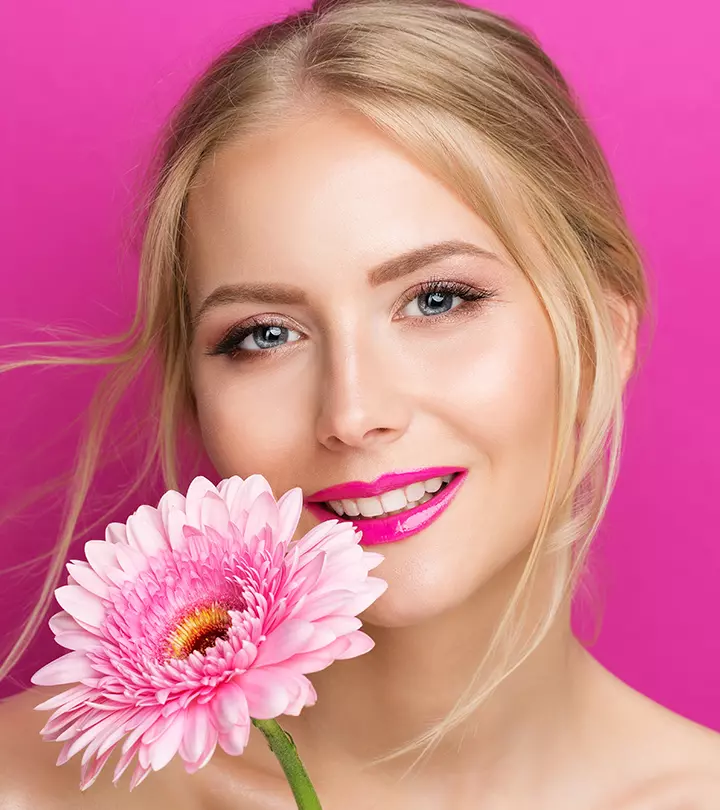
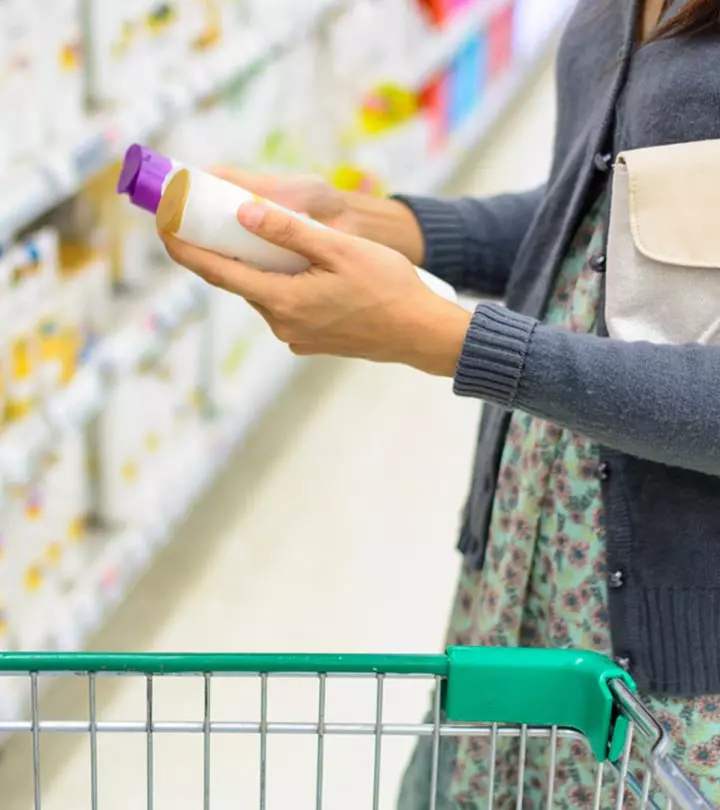
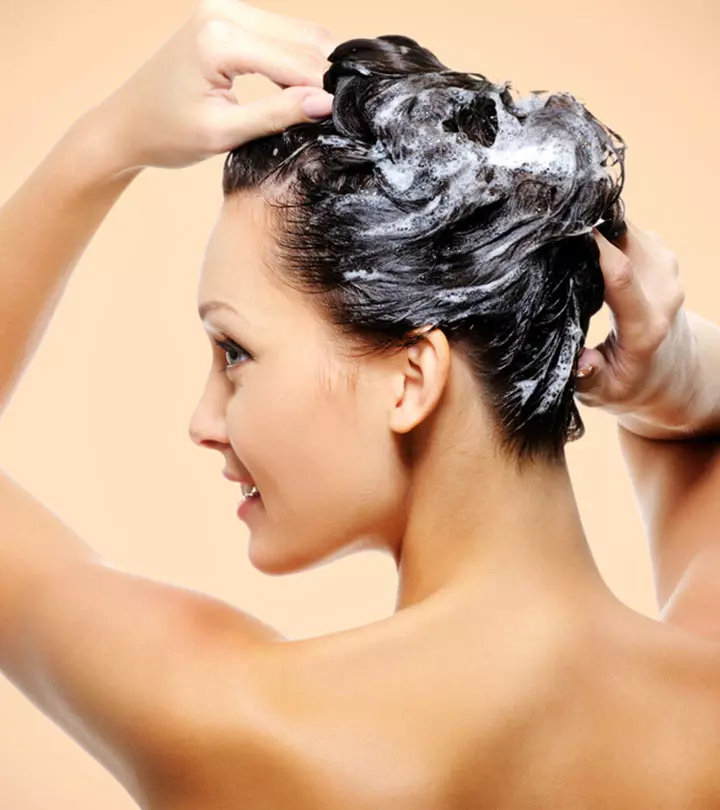
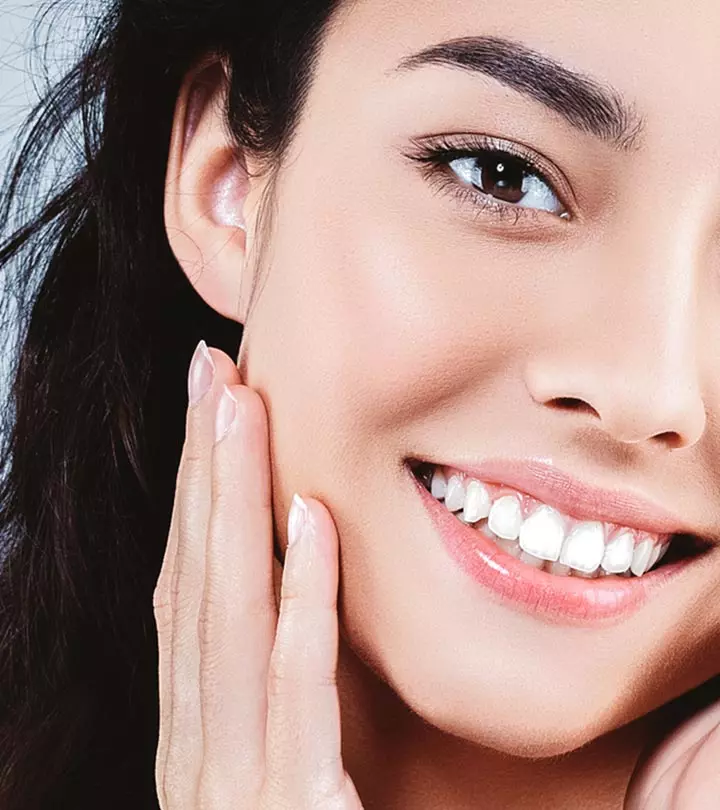
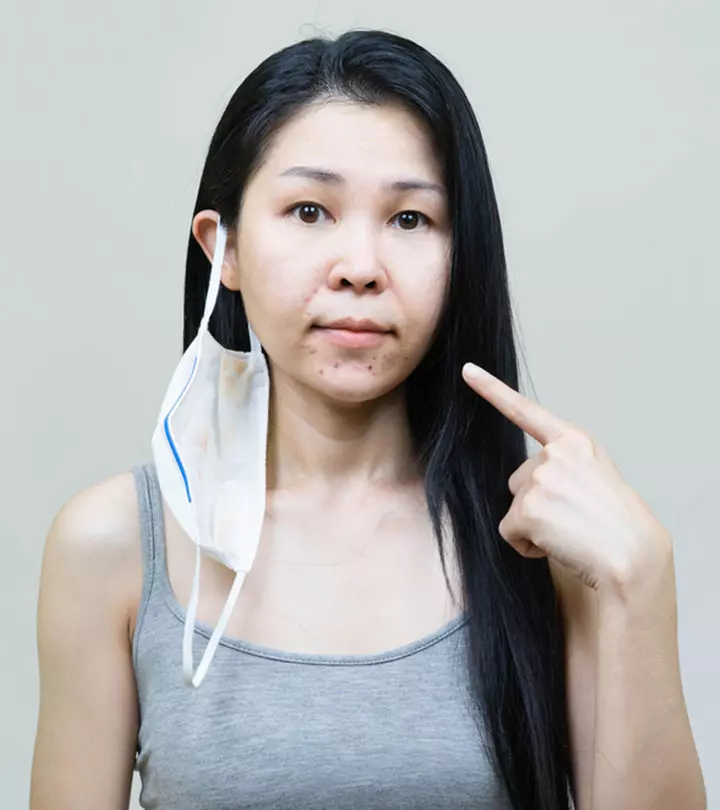
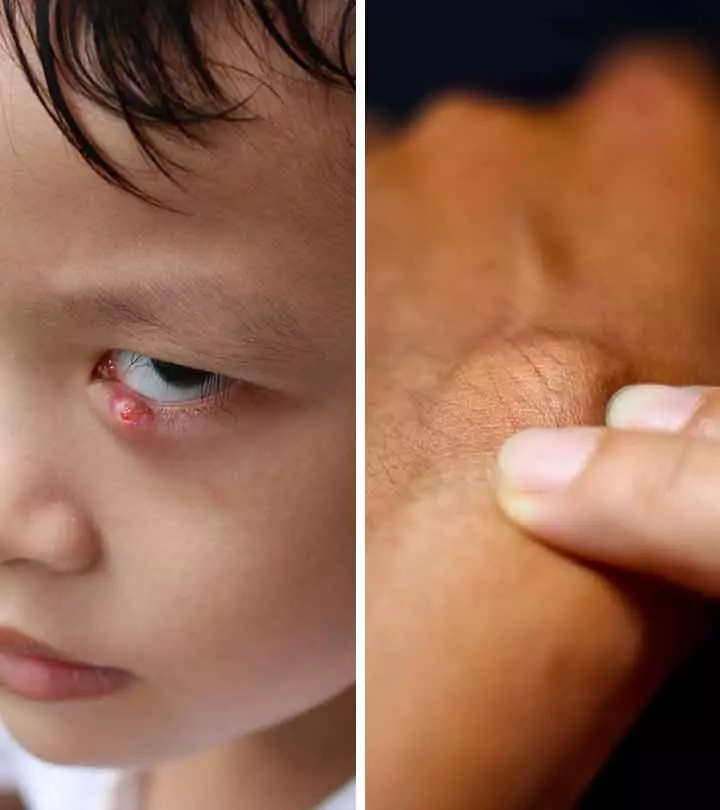
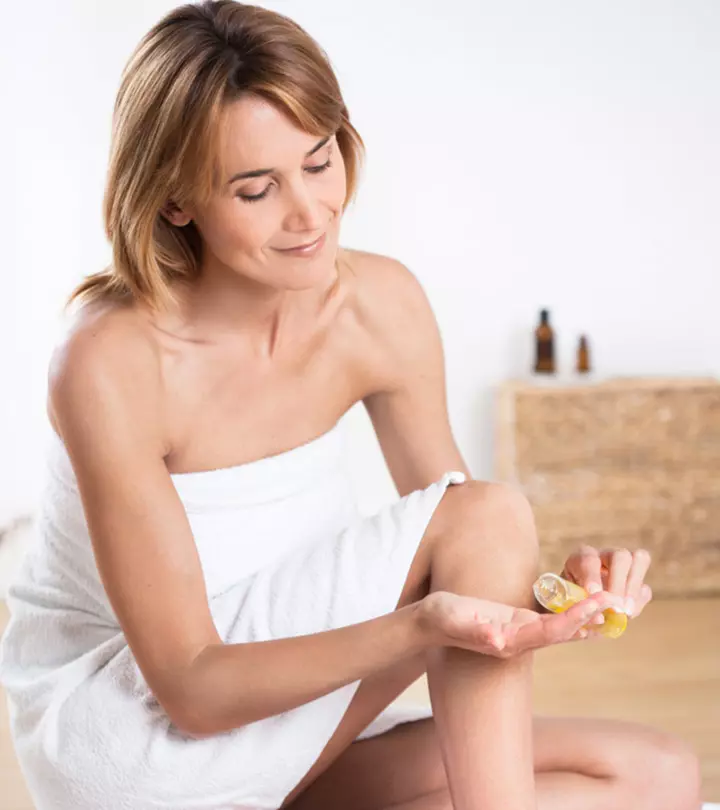
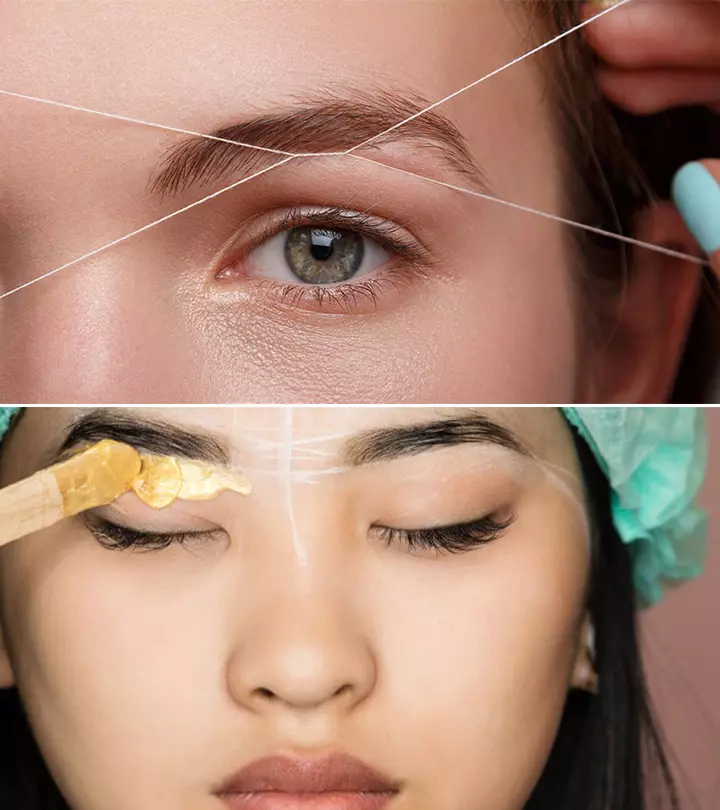


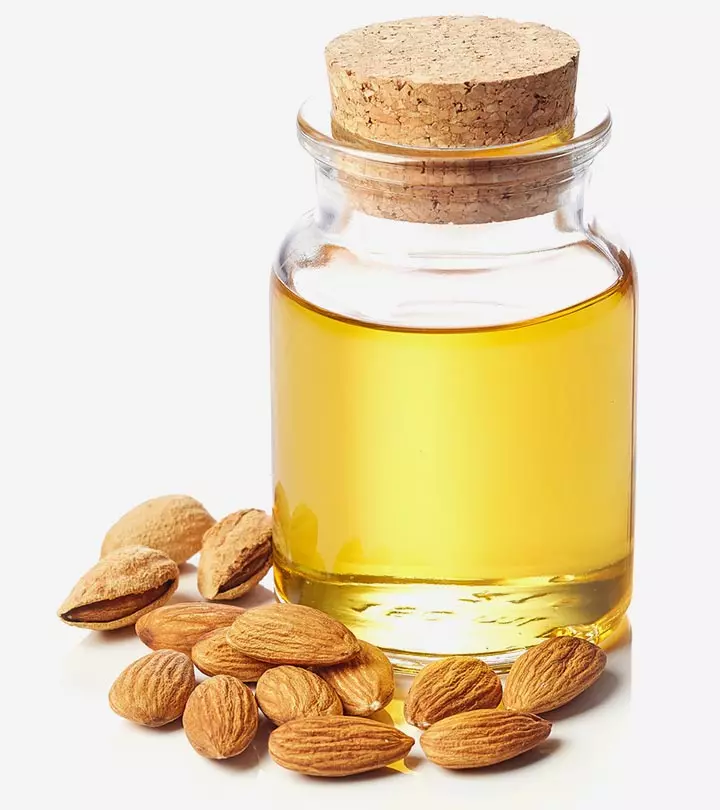
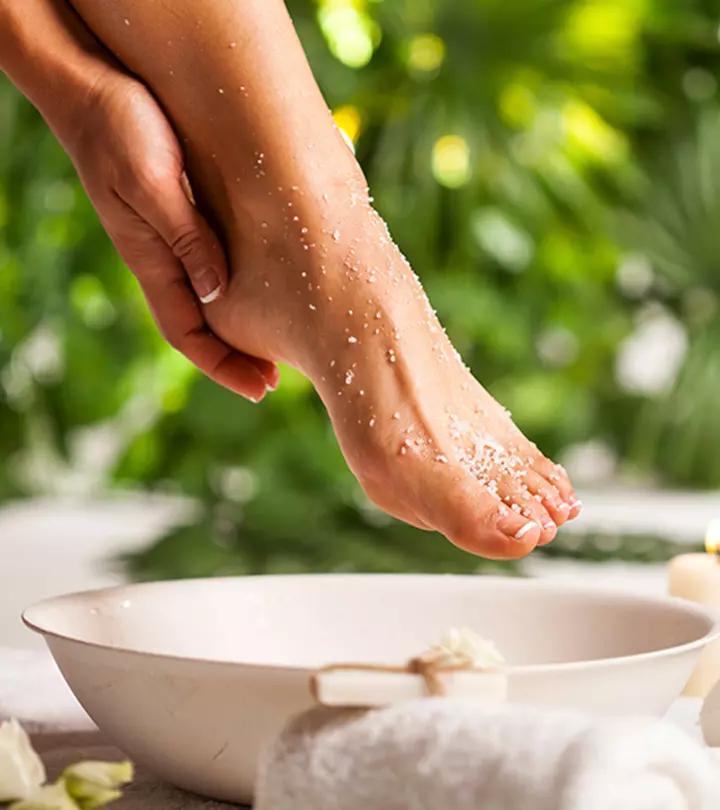
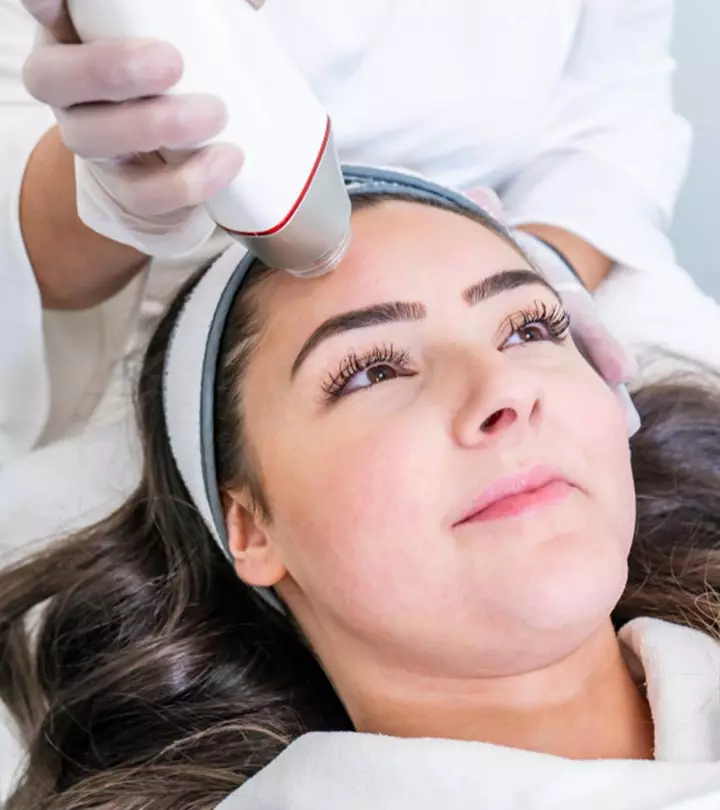
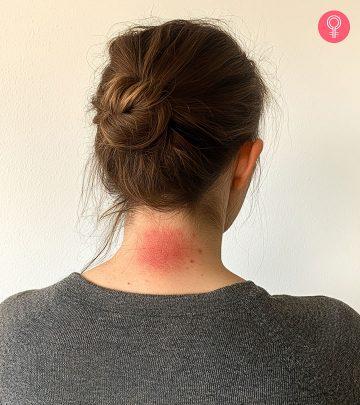
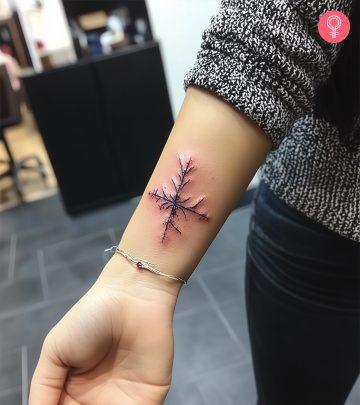
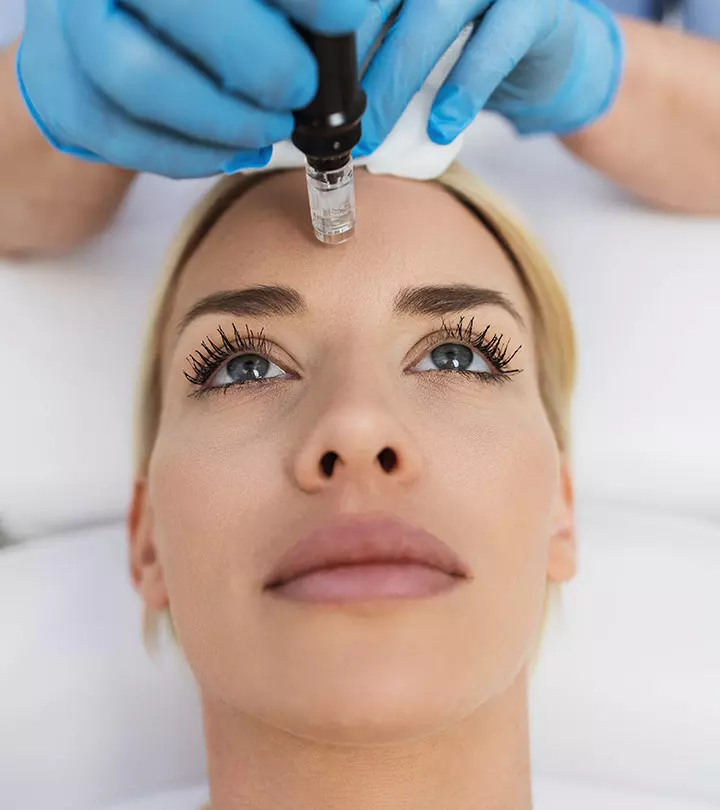
Community Experiences
Join the conversation and become a part of our empowering community! Share your stories, experiences, and insights to connect with other beauty, lifestyle, and health enthusiasts.